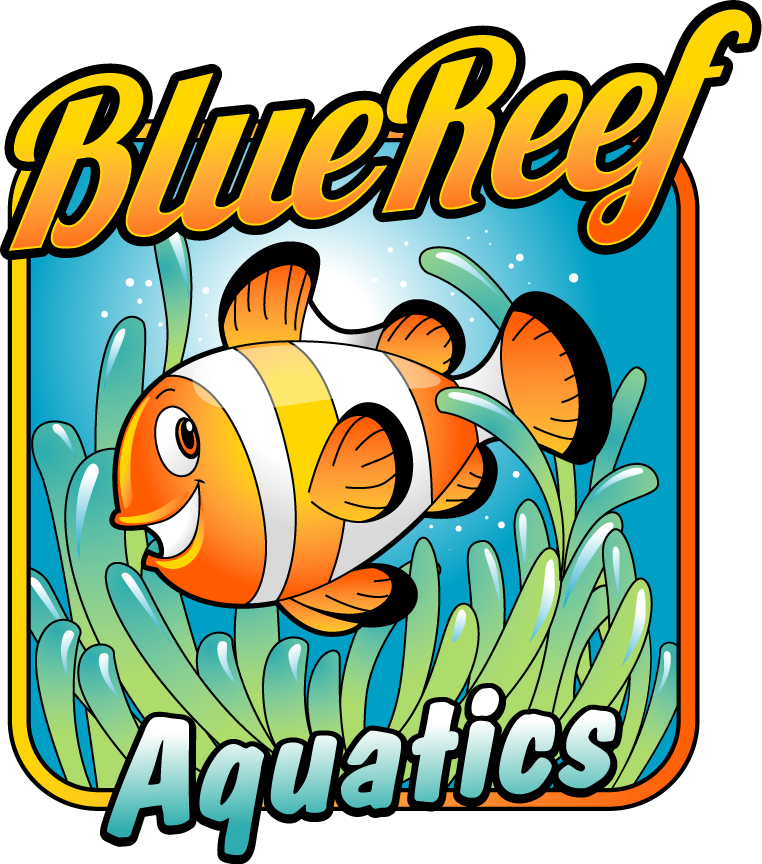Seahorses – Genus Hippocampus
Most seahorses that do not survive die as a result of poor husbandry. This can range from not attending to the animals dietary needs to actual physical trauma. A properly collected or captive-bred seahorse, on the other hand, can do quite well once acclimated to the aquarist’s tank if provided appropriate husbandry. 
The seahorse must be fed. In the best-case scenario, newly introduced seahorses will have a constant supply of live food (Mysid shrimp, Artemia, pods, etc.) during the daylight hours. One of the best ways to achieve this is to have a mature refugium attached to the seahorse’s display tank, but an increasing number of live food products make caring for harder-to-feed animals ever easier. While many seahorses can be trained onto a captive diet of non-live foods in time, the seahorse-keeper, more often than not, will become adept at culturing live foods. Culturing live foods is not hard and the benefits to your animals and reef will be amazing!
Second only to diet, maintaining stability in an appropriate environment is the most important thing the aquarist can do to insure the long term health of his or her seahorses. Stable water conditions appropriate for most tropical saltwater fishes will suffice, but excellent filtration is required. It is essential that the returns be diffused so as not to create dangerous currents in the tank, and the seahorses must have structure on which they can anchor themselves (e.g., coral skeletons, plants, etc.). Loads of live rock is certainly appropriate, as this will help produce the type of naturally occurring live prey seahorses appreciate. A planted tank with a deep sandbed can be a stunning seahorse display that mimics the animals natural habitat.
In terms of tankmates, as already mentioned, seahorses are probably best left to their own system. Fast-moving fishes, feeding corals and most stinging life are inappropriate. Small peaceful community fishes may be okay, especially if those fishes rely on the same foodstuff (think mandarins, for example). Keep in mind, however, understocking is a good strategy to insure enough foodstuff for all inhabitants.
